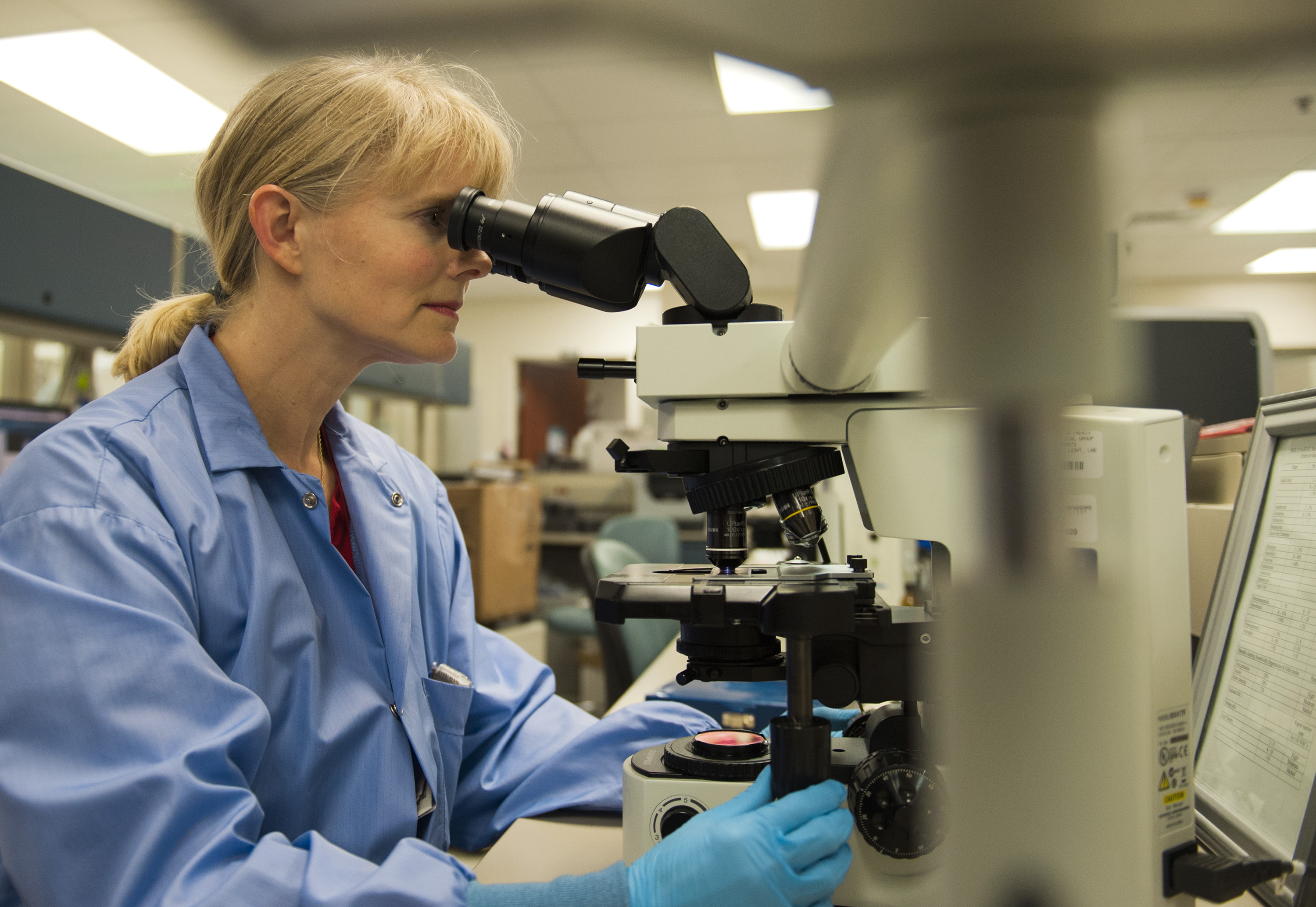By Ilka Cole, Eglin Air Force Base Public Affairs /
Published January 13, 2016
EGLIN AIR FORCE BASE, Fla. (AFNS) -- The 96th Medical
Group's laboratory provided the first human blood sample of a spirochete
bacteria, known to cause tick-borne relapsing fever, to be cultured at the
Centers for Disease Control.
The bacteria, Borrelia turicatae, had previously only been
cultured in animals, according to Maj. (Dr.) Benjamin Stermole, Eglin Air Force
Base’s infectiologist.
The rare spirally twisted bacteria was found after a primary
care doctor ordered a malaria smear sample for a sick Soldier. After review of
the patient's blood sample, Dolli Lane, a 96th MDG laboratory technician,
realized she had something unusual and alerted others.
What she noticed, when scanning a red blood cell sample
looking for malaria, was one spirochete was outside the red blood cells. At
first, Lane said she wasn't sure what she was looking at.
She found a few more spirochetes and decided to pull
reference materials and bring in another lab technician to verify what she was
seeing.
"It was unusual because you wouldn't see this bacteria
in the blood we were reading," Lane said.
Staff Sgt. Christopher Boyd, the 96th MDG hematology lab
section chief, said the spirochete bacteria could have easily been overlooked.
It is not typically spotted using the particular slide stain used.
In addition, spirochetes are only visible if the blood
sample is drawn during a patient's fever spike. The fever is brought on due to
increased bacteria volume in the body, according to Stermole.
"I thought, 'maybe what she (Lane) saw was caused by
one of the substances used to make the slide,'" Boyd said. "When I
saw the spirochete slide, it was consistent with that type of bacteria. That's
what tipped us off to look into this further."
To find a definitive answer about the bacteria, the hospital's
head microbiologist, pathologist and infectious disease doctors evaluated the
sample. It was decided that the base’s lab technicians would send the samples
to the CDC to test the bacteria's DNA.
"We don't have the equipment needed to identify the
bacteria here and neither do our reference labs. It had to be sent to a
research lab and CDC is generally the place for anything not available at
commercial reference labs," Stermole said.
Boyd immediately contacted the CDC to explain the case and
emailed photos of what was found under the microscope. As a result, the CDC
accepted the samples for review.
"This infection doesn't happen very often. The ability
to culture this bacteria allows us to study it on a level we haven't been able
to before," Stermole said. "The cultures can be tested against
different antibiotics to learn which ones are effective.
“We can also use this human isolate in animal models to see
if it acts the same way as previous isolates, which may be found to be
different subspecies,” he continued. “Essentially, we can prove the animal
models can adequately represent human infections. There is a lot of information
to be gathered after a bacteria DNA is cultured."
Within days, the CDC contacted the patient's doctor, the
pathologist and the infectious disease doctor. Soon after, they learned the
bacteria was Borrelia turicatae.
The affected Soldier contracted the bacteria from a tick
bite while living in an old stable during a field exercise in West Texas.
After the infection identification, the patient was given
the correct antibiotic and showed almost 100 percent improvement within 24 hours.








No comments:
Post a Comment